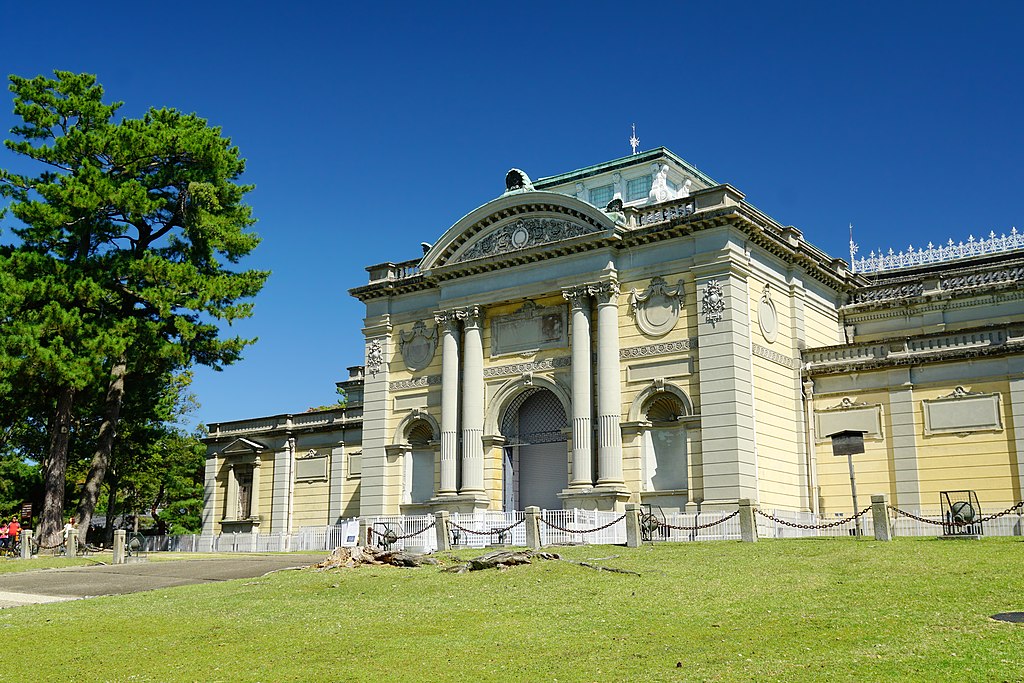Dec 27, 2021
Where to Learn About Japanese History in Kansai
Japan is rich in history, with civilizations stretching back to prehistoric times and classical Japanese history beginning around the 6th century when Buddhism was introduced. The Kansai region has played a vital part in Japan’s history. Indeed, Kyoto was for a long time its capital.
Whether you want to learn about general cultural history, the history of Kansai, Japanese folklore, or the historical development of the likes of science, religion, art, or cuisine, you can find plenty across Kansai. We look at a handful of places to go to whet your appetite.
Museum of Kyoto
Kyoto is the former Japanese capital, reigning as the country’s administrative and cultural center for over 1,000 years from the end of the 8th century. You can find out about the city’s history in this small but information-rich museum, as well as view works celebrating the art and culture of Kyoto. Most of the information is in Japanese; however, English language guides are available.
Website: https://www.bunpaku.or.jp/en/
Nara National Museum
Located in Nara Park, this beautiful 19th-century structure is Japan’s second oldest national museum and hosts the most extensive collection of Buddhist artwork in Japan. It consists of four galleries displaying religious sculptures, statues, scrolls, ceramics, and regular treasures from the nearby Todaiji Temple. A must for anyone interested in Japanese Buddhism.
Website: https://www.narahaku.go.jp/english/
Kobe Earthquake Memorial Museum
This museum deals in something that occurred much more recently – the Great Hanshin Awaji Earthquake in January 1995 that destroyed large parts of Kobe city and killed over 5,000 residents. Located within the city’s earthquake memorial park, the museum is highly educational, teaching disaster prevention and offering films and kids’ games. You can also view a 60-meter preserved wreckage of a collapsed wall.
Website: https://www.dri.ne.jp/en/
Sengukan Museum
Situated in the ancient city of Ise in Mie Prefecture amid Japan’s most sacred Shinto shrines, this is where to come to learn about the architecture of Japan’s national religion. The museum opened in 2012 to commemorate the outer shrine’s most recent rebuilding.
Website: https://www.sengukan.jp/ (in Japanese)
Osaka Museum of History
Osaka is lesser-known than Tokyo and Kyoto in terms of Japan’s historical importance, but it served as the imperial capital for a brief period starting in the 7th century. This museum tells the story of Osaka’s history from that period until the modern-day while being housed on the 7-10th floors of the NHK building, located on the edge of Naniwa-no-Miya Park next to Osaka Castle.
Website: http://www.mus-his.city.osaka.jp/eng/
Tale of Genji Museum
For a full-on delve into Japan’s past, check out this quaint museum in Uji, Kyoto, based around the classic 11th century Japanese novel of the same name. You can learn all about the culture of the aristocrats of the time.
Website: https://www.city.uji.kyoto.jp/site/userguide/16482.html
Historical tours in Kansai
In addition to the many museums across Kansai, you can also embark on a historical tour. These take place on foot, bike, or bus in locations across the region where you can learn about historical figures, buildings, art, culture, food, drink, and more. You can check websites such as Viator and Get Your Guide for details of what’s on offer. If you’re looking for a cheaper English-speaking option, you can find walking tours around Osaka, Kyoto, Kobe, and Nara on the Meetup website.
663highland, CC BY-SA 3.0, via Wikimedia Commons


About the author